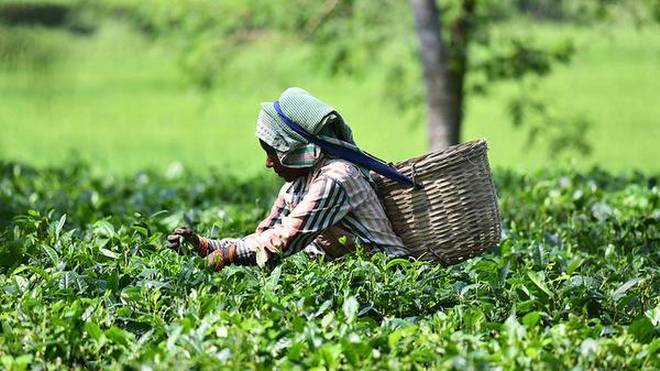
The prices of second flush teas & monsoon teas from West Bengal and Assam that constitute the majority of India’s tea crop have remained still this year. The industry is hoping an increase in prices before Diwali as it’s the time when demand for tea usually goes up.
The chairman of Indian Tea Association, Vivek Goenka said that “It has been a flat year for the tea industry. The CTC and dust produced in West Bengal have fetched similar prices as last year, which means that there has been no movement in prices but Prices of Assam CTC and dust teas have been lower than in 2018”.
The crop in July month increased by 8.3% year on year to 176.07 million kg, helped by a spurt in plucking in the top producing state of Assam. The state produced more tea than previous year, 97.02 million kg of tea was produced during the month, which is higher than 93.71 million kg a year ago.
The Tea Board has not given the August crop figures till so far. But, according to the figures which are available from the estates, who are members of the Indian Tea Association, says that tea production in Assam was down 17.9% in August and in West Bengal it was down 5.5%. The combined drop in August month was 14.8%," said by Vivek Goenka.
However, surplus tea in the market make sure that price did not go up despite the drop in output from the organised tea sector in August. There was some carry-over stock from 2018 and the surplus crop produced in July.
Prices of Assam CTC and dust varieties since the first sale in July month have fallen to 2-3% while those of the teas produced in West Bengal have remained still at last year’s level.

Domestic consumption and exports have not picked up with the quick increase in production, leading to an oversupply in the sector. Tea exports from Assam and West Bengal declined by 3.58% year on year Between January and July.
Goenka added some more by saying that “The sector is reeling under cost pressure because of price stagnation in the backdrop of increasing cost of production and mismatch between demand and supply. Domestic consumption of tea has to go up to absorb the surplus tea that is being produced in the country”.
The silver lining in this plan is rising prices of orthodox teas. Prices of orthodox teas appreciated 10% year-on-year, Iran purchased more than 35 million kg of the product in January to July period.
Goenka ended by saying that “The way forward is to produce more orthodox teas. At present, there is a subsidy of Rs 3 per kg of orthodox tea. We have asked the government to give an incentive of Rs 25 per kg for producing more orthodox teas”.
















